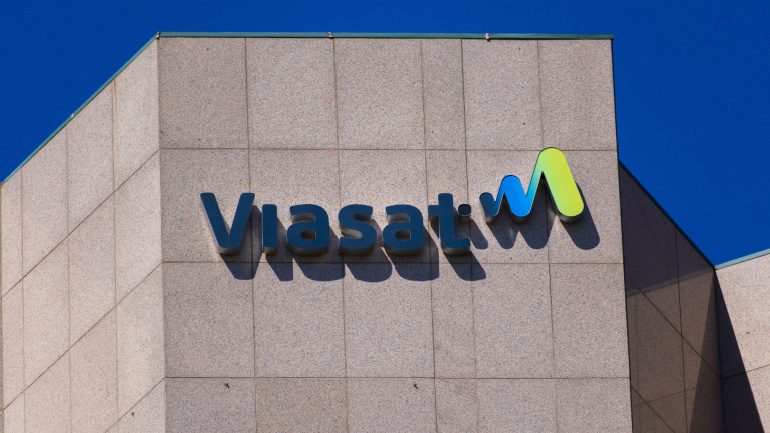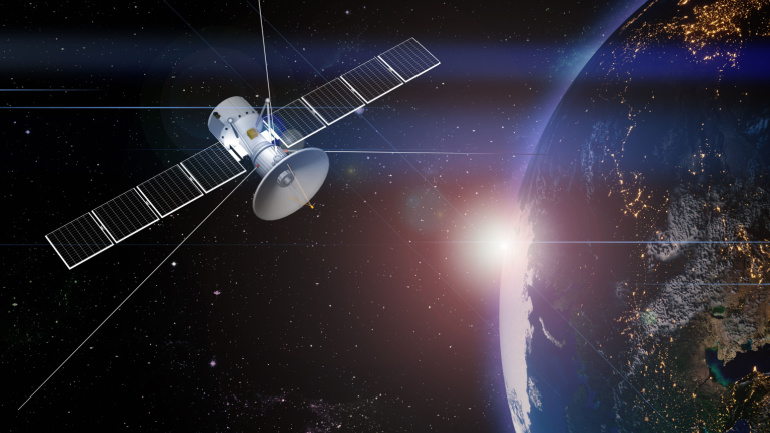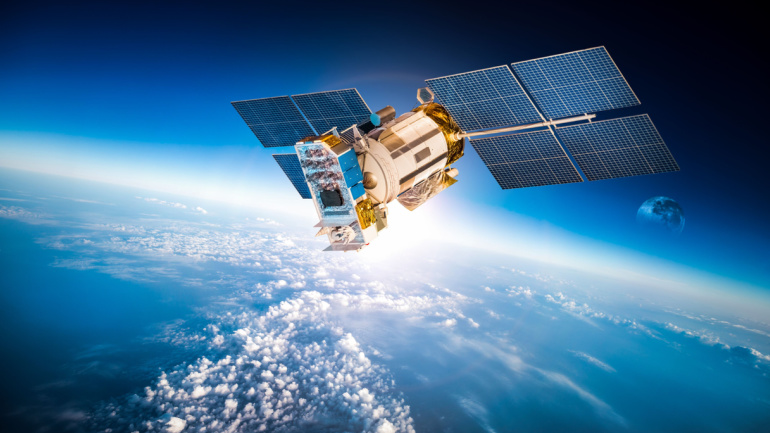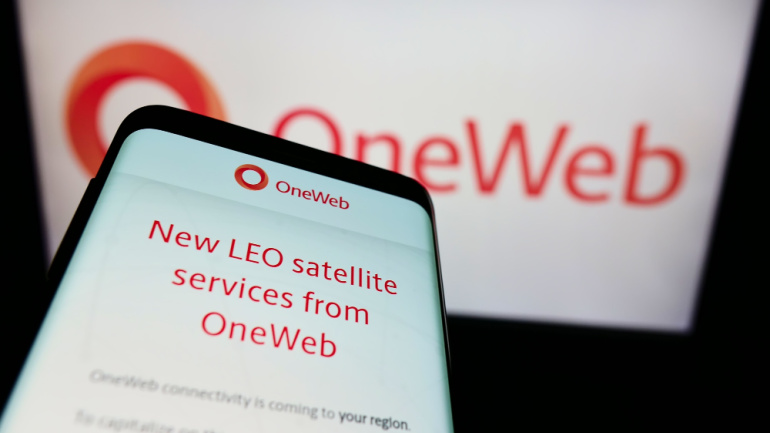Shanghai Spacecom Satellite Technology (SSST) is set to launch its first batch of satellites, challenging SpaceX’s Starlink. This launch, part of China’s G60 Starlink Plan, aims to deploy 15,000 low Earth orbit satellites by 2030, marking a significant step in China’s strategic competition with the United States.
In a significant development in the field of satellite communications, Hellas Sat has joined forces with Thales Alenia Space, a collaboration between Thales and Leonardo, under a newly signed Memorandum of Understanding. This agreement marks the beginning of their joint venture on a pioneering optical communication satellite project.
In a groundbreaking development, Project Kuiper has revealed the successful testing of advanced optical communications payloads on its prototype satellites, KuiperSat-1 and KuiperSat-2. The optical inter-satellite link (OISL) capabilities, previously kept confidential, demonstrated the ability to maintain 100 Gbps links over a distance of nearly 621 miles during testing in October.
Viasat, Inc., a global front-runner in satellite communications, has launched its innovative Business Choice internet service plans, ushering in a new era of high-speed and reliable connectivity for small-to-medium businesses nationwide. These plans cater to businesses in the most remote areas, where traditional internet services fall short, enabling them to leverage essential digital tools for optimal operations.
Global satellite communications leader Viasat, Inc. has joined forces with Safran Data Systems to introduce InRange, a revolutionary system ensuring continuous telemetry data relay for launch vehicles in flight. This collaboration aims to liberate launch providers and spaceports from ground network dependencies during missions.
The Global Satellite Operators Association (GSOA) is enforcing a behavior code for satellite operators, addressing the pressing issue of space debris caused by escalating satellite broadband services. The industry aims to advance its responsibility through shared best practices to preserve space access. This action, however, fuels debate over unendorsed practices, potential impacts on astronomy, and the proposed spectrum restraint at the upcoming World Radiocommunication Conference.
In a groundbreaking revelation, Telus, Canada’s foremost operator, announced the successful two-way communication between smartphones and IoT devices, using Echostar T1, a geostationary Earth orbit satellite. Partnering with TerreStar and Skylo, Telus accomplished this feat using a specially-designed connectivity platform, highlighting the potential for remarkable connectivity throughout Canada, even in remote areas. As this technology differs significantly from regular D2D communication, Telus’s breakthrough is set to redefine the future of connectivity in previously unreachable corners of the country.
The UK government’s ambitious Connectivity in Low Earth Orbit (CLEO) initiative aims to propel satellite communications development, backed by a sum of £160 million. With a main focus on Low Earth Orbit (LEO) satellite constellations, this programme holds potential to bridge the digital divide and boost economical growth. This initiative, however, still awaits the green light through regular approval processes.
OneWeb partners with Speedcast and F. Laeisz to launch a maritime connectivity service, providing hybrid satellite solutions to improve connectivity in remote polar regions, advancing the benefits of multi-path, multi-orbit technologies.
Spark reveals plans to trial satellite-to-mobile services, offering additional coverage and network resilience. Working with satellite provider Lynk, the initial trial focuses on text messaging before expanding to voice and data services, assessing the technology’s potential impact on telecommunications.













